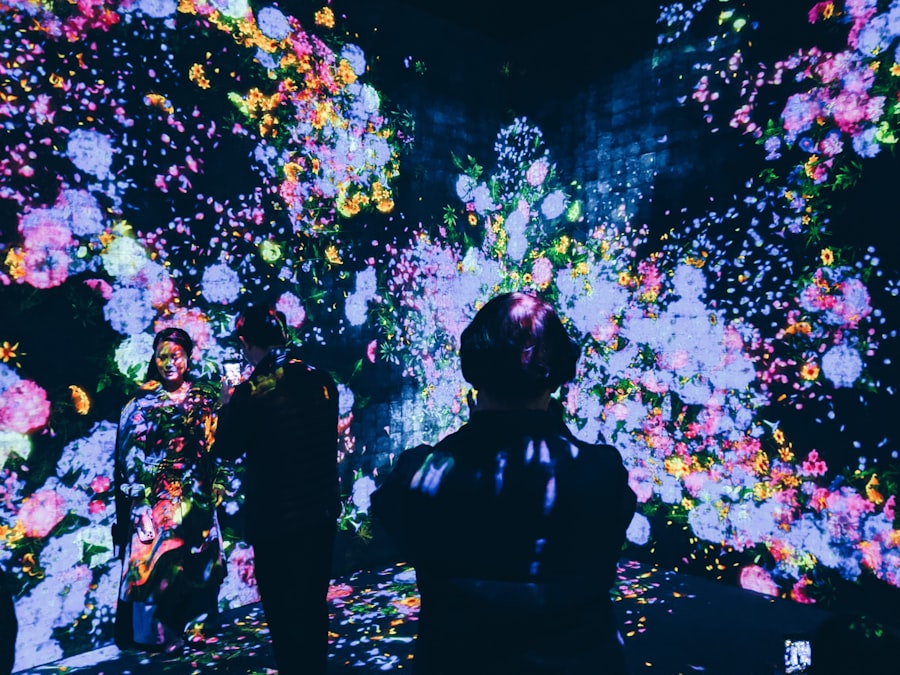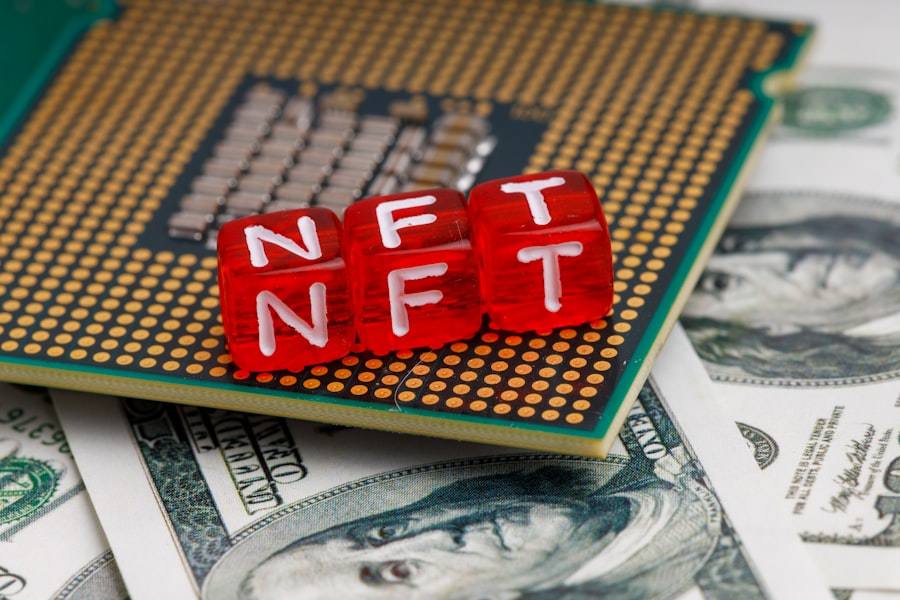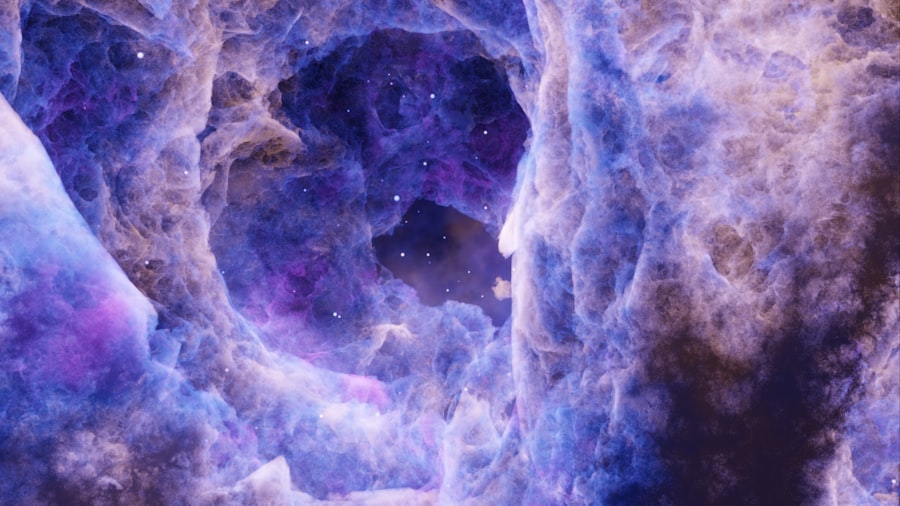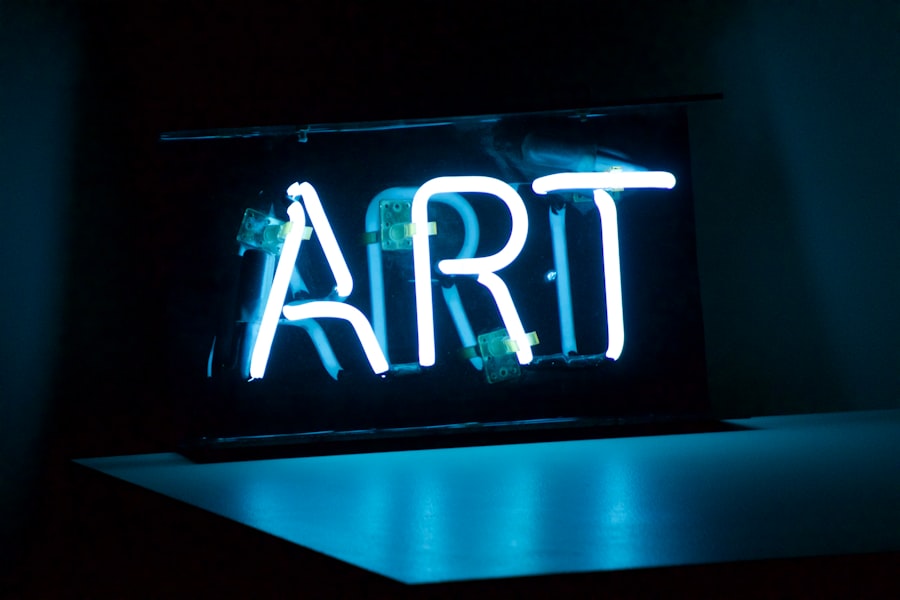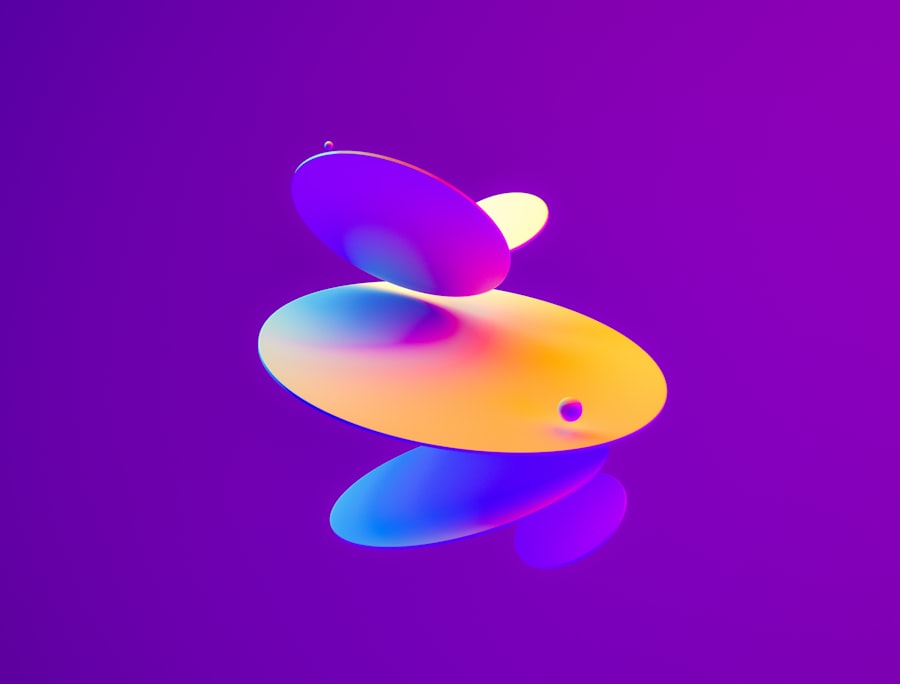Non-fungible tokens, or NFTs, represent a revolutionary shift in how we perceive ownership and value in the digital realm. Unlike cryptocurrencies such as Bitcoin or Ethereum, which are fungible and can be exchanged on a one-to-one basis, NFTs are unique digital assets that cannot be replicated. Each NFT is stored on a blockchain, a decentralized ledger that ensures the authenticity and provenance of the asset.
This uniqueness is what gives NFTs their value; they can represent anything from digital art and music to virtual real estate and collectibles. The underlying technology allows for the creation of verifiable scarcity in a digital world where duplication is effortless. The mechanics of NFTs hinge on smart contracts, which are self-executing contracts with the terms of the agreement directly written into code.
When an NFT is created, or “minted,” a smart contract is deployed on the blockchain, detailing the ownership rights and any royalties that may be applicable upon resale. This means that artists and creators can earn a percentage of future sales, a feature that traditional art markets often lack.
The integration of blockchain technology ensures that each transaction is transparent and immutable, providing a level of security that is often absent in conventional markets.
Key Takeaways
- NFTs are unique digital assets that represent ownership of a specific item or piece of content and are stored on a blockchain.
- The NFT market has the potential for fraud due to the lack of regulation and the ease of creating and selling NFTs.
- NFTs present both opportunities and risks for the art world, offering new ways for artists to monetize their work but also raising concerns about copyright infringement and ownership disputes.
- NFTs raise legal and ethical considerations regarding intellectual property rights, including issues of copyright, licensing, and resale rights.
- Blockchain technology plays a crucial role in NFTs by providing a secure and transparent way to verify ownership and authenticity of digital assets.
- Environmental concerns surrounding NFTs include the high energy consumption of blockchain networks and the carbon footprint of minting and trading NFTs.
- NFTs are shaping the future of digital ownership by revolutionizing the way we buy, sell, and collect digital assets.
- Tips for safely navigating the NFT market include conducting thorough research, verifying the authenticity of NFTs, and being cautious of potential scams and fraudulent activities.
The Potential for Fraud in the NFT Market
Despite the innovative nature of NFTs, the market is not immune to fraudulent activities. One of the most prevalent forms of fraud involves the unauthorized minting of artworks or digital assets that do not belong to the fraudster. This practice, known as “art theft,” occurs when someone takes an original piece of art from an artist’s portfolio and mints it as an NFT without permission.
Victims of this type of fraud often find their work being sold on various platforms, leading to financial losses and reputational damage. The decentralized nature of blockchain technology complicates enforcement, as it can be challenging to track down perpetrators who operate anonymously. Another significant concern is the prevalence of rug pulls, where developers create an NFT project with the intention of defrauding investors.
In these scenarios, creators may hype up a project, attract significant investment, and then disappear with the funds once the project has gained traction. This type of scam has been particularly common in the realm of generative art projects and play-to-earn games, where initial excitement can lead to rapid financial inflows. Investors are often left with worthless tokens and no recourse for recovery.
The lack of regulation in the NFT space exacerbates these issues, as there are few legal protections for buyers who fall victim to such schemes.
NFTs and the Art World: Opportunities and Risks
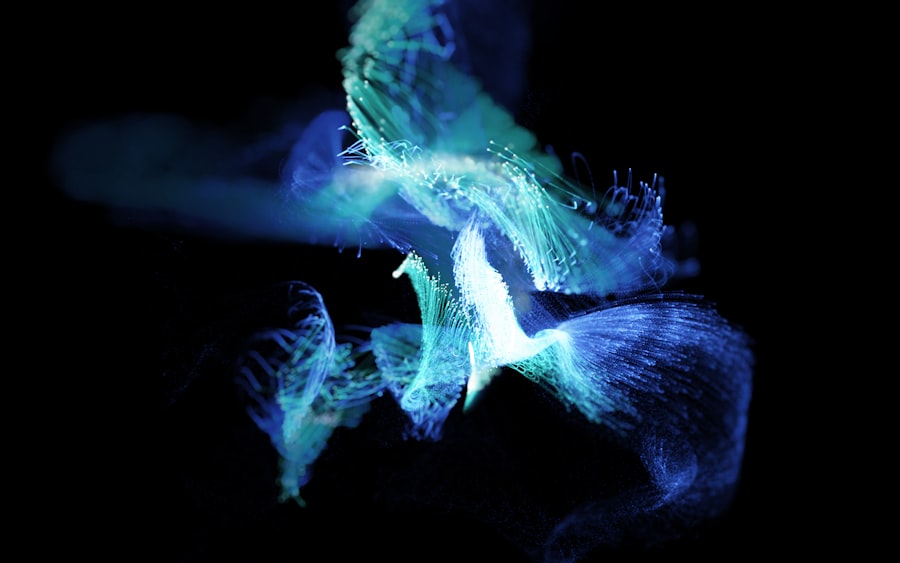
The intersection of NFTs and the art world has generated considerable excitement, offering artists new avenues for monetization and exposure. For many creators, NFTs provide a platform to reach global audiences without the constraints imposed by traditional galleries or auction houses. Artists can sell their work directly to collectors, retaining more control over pricing and distribution.
Additionally, the ability to embed royalties into smart contracts means that artists can continue to benefit financially from their work as it changes hands in the secondary market. This paradigm shift has democratized access to art ownership and has empowered artists to explore new creative possibilities. However, this newfound opportunity comes with its own set of risks.
The volatility of the NFT market can lead to significant fluctuations in value, making it difficult for artists to predict their earnings. Moreover, the environmental impact associated with minting NFTs—particularly on energy-intensive blockchains like Ethereum—has raised ethical questions about sustainability in the art world. Artists may find themselves grappling with the implications of their work contributing to carbon emissions while trying to navigate a rapidly evolving market landscape.
Furthermore, as more artists enter the NFT space, saturation may lead to increased competition and diminished visibility for individual creators.
NFTs and Intellectual Property: Legal and Ethical Considerations
The rise of NFTs has sparked complex discussions surrounding intellectual property (IP) rights. When an NFT is sold, it typically transfers ownership of the digital asset but does not necessarily convey copyright or other IP rights associated with that asset. This distinction can lead to confusion among buyers who may assume that purchasing an NFT grants them full rights to reproduce or display the work publicly.
Artists must clearly communicate what rights are included with their NFTs to avoid misunderstandings and potential legal disputes. Additionally, the issue of copyright infringement looms large in the NFT space. As mentioned earlier, unauthorized minting of artworks poses significant challenges for original creators seeking to protect their work.
Legal frameworks surrounding IP rights are still catching up with technological advancements in blockchain and NFTs, leading to ambiguity in enforcement mechanisms. Artists may need to take proactive measures to safeguard their creations by registering copyrights or utilizing digital watermarking techniques. As the market matures, it is likely that clearer guidelines will emerge regarding IP rights in relation to NFTs, but until then, both creators and collectors must navigate this complex landscape with caution.
The Role of Blockchain Technology in NFTs
Blockchain technology serves as the backbone for NFTs, providing a secure and transparent framework for ownership verification and transaction history.
This decentralized nature eliminates the need for intermediaries, allowing for peer-to-peer transactions that can occur without traditional gatekeepers like galleries or auction houses.
The immutability of blockchain records ensures that once an NFT is minted, its ownership history cannot be altered or erased. Moreover, blockchain technology enables features such as provenance tracking, which is crucial for establishing an asset’s authenticity and value. Collectors can trace an NFT’s history back to its original creator, providing assurance that they are purchasing a legitimate piece rather than a counterfeit.
This level of transparency is particularly valuable in high-stakes markets like fine art, where provenance plays a critical role in determining an artwork’s worth. As blockchain technology continues to evolve, it may also facilitate new forms of collaboration among artists and collectors through decentralized platforms that prioritize community engagement and shared ownership models.
NFTs and Environmental Concerns: Sorting Out the Facts

The environmental impact of NFTs has become a contentious topic within discussions about their future viability. Many NFTs are minted on proof-of-work blockchains like Ethereum, which require substantial computational power and energy consumption for transaction validation. Critics argue that this energy-intensive process contributes significantly to carbon emissions and exacerbates climate change concerns.
Reports have indicated that minting a single NFT can produce as much carbon dioxide as several average cars over their lifetimes. In response to these concerns, some platforms are exploring alternative solutions such as transitioning to proof-of-stake mechanisms or utilizing layer-2 solutions that reduce energy consumption significantly. For instance, Ethereum has been working towards its transition to Ethereum 2.0, which aims to drastically lower energy usage by changing its consensus mechanism.
Additionally, some artists are choosing to mint their NFTs on eco-friendly blockchains like Tezos or Flow that prioritize sustainability without compromising functionality. As awareness grows regarding environmental issues associated with NFTs, both creators and collectors are increasingly seeking ways to engage with this technology responsibly.
NFTs and the Future of Digital Ownership
The concept of digital ownership is undergoing a transformation thanks to NFTs, which challenge traditional notions of property rights in an increasingly digital world. As more aspects of our lives become digitized—from art and music to virtual real estate—NFTs offer a framework for establishing ownership over these intangible assets. This shift could have far-reaching implications across various industries, including gaming, entertainment, and even real estate.
In gaming, for example, players can own unique in-game items represented as NFTs that can be traded or sold outside of the game environment. This creates new economic opportunities for gamers while also fostering a sense of true ownership over their digital possessions. Similarly, musicians are beginning to explore how NFTs can be used to distribute music directly to fans while retaining control over their intellectual property rights.
As these trends continue to evolve, we may witness a redefinition of ownership itself—one that embraces digital assets as legitimate forms of property deserving protection under law.
Tips for Safely Navigating the NFT Market
As interest in NFTs continues to grow, navigating this complex market requires diligence and caution from both buyers and sellers alike. One essential tip is to conduct thorough research before making any purchases or investments in NFTs. Understanding an artist’s background, examining their previous works, and assessing their reputation within the community can provide valuable insights into potential risks associated with acquiring specific pieces.
Additionally, utilizing reputable marketplaces with established security protocols is crucial for safeguarding transactions against fraud or theft. Platforms like OpenSea or Rarible have implemented measures such as two-factor authentication (2FA) and escrow services to enhance user security during transactions. Buyers should also be wary of deals that seem too good to be true; if an NFT is priced significantly lower than similar works by established artists, it may warrant further investigation.
Furthermore, keeping digital wallets secure is paramount when engaging with NFTs. Using hardware wallets can provide an added layer of protection against hacking attempts or phishing scams targeting online wallets. Regularly updating passwords and being cautious about sharing personal information online can also help mitigate risks associated with identity theft or unauthorized access.
In conclusion, while the NFT market presents exciting opportunities for innovation and creativity across various sectors—from art to gaming—it also poses significant challenges related to fraud prevention, intellectual property rights management, environmental sustainability concerns, and navigating complex legal frameworks surrounding digital ownership rights. By remaining informed about these issues while adopting best practices for safe engagement within this evolving landscape will empower individuals—both creators and collectors alike—to participate meaningfully in shaping its future trajectory.
Are NFTs Scams? Separating Fact From Fiction in the Digital Space explores the controversial topic of non-fungible tokens and whether they are legitimate investments or scams. For further reading on the subject, check out the article Test Your Knowledge: A Comprehensive Guide to NFTs from the NFT Newsletter. This article provides valuable insights into the world of NFTs and how to navigate this rapidly evolving market.


